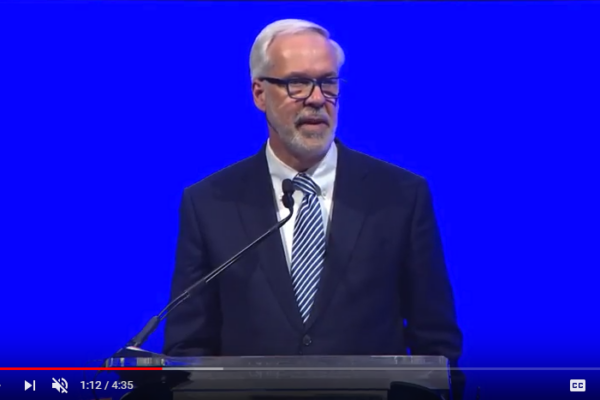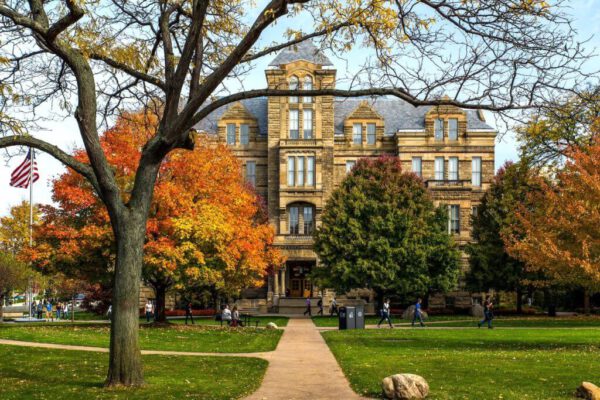
Southern New Hampshire University, Other Institutions Commit to Helping DACA Students Afford College
Southern New Hampshire University is one of the latest higher education institutions to dedicate resources toward helping undocumented students, by promising to provide 1,000 students protected under DACA with full scholarships to pursue bachelor’s or associate’s degrees over the next five years.
April 4, 2018

Faces of Dreamers: Diana Umana, Smith College
February 26, 2018

Faces of Dreamers: Karen Reyes of Texas and Other Teachers
February 5, 2018

Faces of Dreamers: Hector Rivera Suarez, Guilford College
January 17, 2018

The Time Is Now for Congress to Protect Dreamers
There is bipartisan support in Congress for legislation providing permanent protection for Dreamers and for passing such a measure by the end of the year. Contact Congress now to make your voice heard on this vital issue.
December 7, 2017

Faces of Dreamers: Santiago Tobar Potes, Columbia University
December 4, 2017

Faces of Dreamers: Fatima, Case Western Reserve University
November 20, 2017

Faces of Dreamers: The Hope and Humanity of Mayra’s Eyes
November 13, 2017
Faces of Dreamers: Laura Salas, Monmouth College
November 1, 2017


